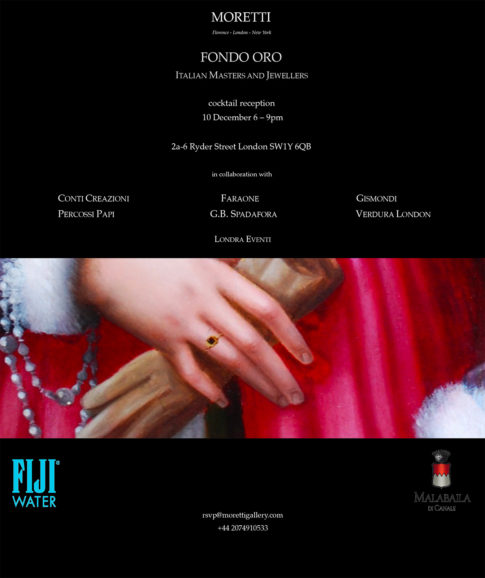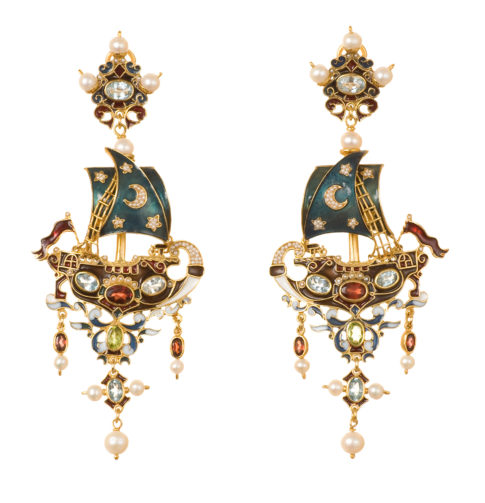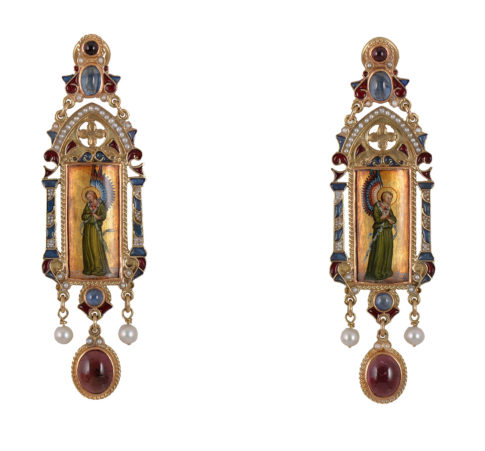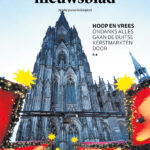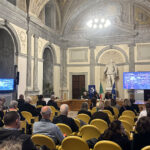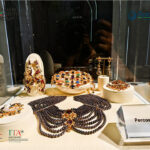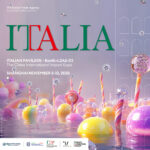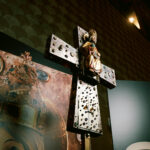London 11-20 Decembre 2013 – Moretti Fine Art Gallery
FONDO ORO
FONDO ORO
ITALIAN OLD MASTERS AND JEWELLERS
PERCOSSI PAPI: BAROQUE AND ELECTIVE AFFINITIES
“Any fruits has roots”
The real jewellery lover is a collector and preserver: he protects and projects into the future everything he thinks that’s unique.
Percossi Papi’s creations are among those unique pieces he treasured and safeguard, and that’s for transfer to the next generations. Each piece is a marvellous melting pot of suggestions, recalls and allusions, more or less evident, or the journey of beauty on which humanity has embarked since it felt the need of wearing a jewel before a dress. Firstly there was the shell, then coloured glass, gold, coral, the unusual representing the sublime thus fulfilling religious need, a symbol of royal power, of distinction and then more and more a fragment of a divine power shared by all, as a small concentration of positive energy against the world of evil. A spiritual, rather than material kind of survival. The creations of this goldsmith who works next to the Pantheon in Rome, the house of all Gods, the geographic centre of the antique world, keep this intrinsic energy of relics connecting to something higher, to a realm where destiny flows and the coloured stones seem the bed of a river where people are immersed in an Heraclitean way. Percossi Papi, collector himself since 1968, continues endlessly to gather precious stones, parting the beautiful from the ordinary. An ongoing act of separation and re-composition, that has much in common with the word ‘ethics’. He can be compared to an artist who has still the cheerfulness of a child looking for coloured glass pieces on the beach, to use as inspirations for his fine jewellery creations. His glittering caravels, so special and at the same time so traditional and symbolical, seem on a perennial journeys through the waters of an infinite ocean, called mystery. Baroque is the right term to describe the exuberance, the inner ‘wunderkammer’, the research for something “scaramazzo” unusual, enjoyable – that goes out of the track. Percossi Papi preserves a mystical, sacral approach towards objects: an attitude that aims at their essence. An elective affinity between himself and the world around him. Whoever wears his cameos, his animals that come from an antique bestiary, from Phisilogus, his miniatures that recall Russian and Byzantine icons or Medieval splendours, has his same approach: believing that the object of art is a fragment of a language we try to decipher, a synthesizer of energies, capable of concretizing the past in the present. In the eyes of Percossi Papi, Medusa, the Libyan Gorgon who loved Poseidon in Athena’s temple and because of that was transformed in a terrible monster by the Goddess, with snakes as hair, long teeth and an hypnotic, petrifying stare, becomes a contemporary symbol, an outcry in support of diversity, of cultural strength, of beauty’s victory on the true hideousness of ignorance and dishonesty. His Medusa, in fact, rather than frightening, seems to allure with the power of her judging glare, that never lies, and expresses her horror for everything without a past, without traditions, without beauty.
PERSEUS AND MEDUSA THE GORGON “IN MY WORK I LIKE TO HIGHLIGHT MY MEDITERRANEAN ROOTS: THUS, AS WELL AS USING MATERIALS AND TECHNIQUES UNDOUBTEDLY WITHIN THE “MARE NOSTRUM” TRADITION, I CONNECT WITH ITS CULTURE AND WITH THE MYTHS WHICH CHARACTERIZE IT. HERE I PRESENT THE TALE OF PERSEUS AND MEDUSA THE GORGON (OVID, “METAMORPHOSES”, BOOK IV, VERSES 610-650), A METAPHOR OF MAN’S INCAPACITY TO DIRECTLY LOOK UPON TRUTH (REPRESENTED BY THE GORGON), A STUNNINGLY BEAUTIFUL WOMAN, “MONSTRUM MIRABILIS”, FAR TOO BEAUTIFUL TO BEHOLD UNVEILED. INDEED, PERSEUS KILLED HER BY USING HER REFLECTED IMAGE (SYMBOLIC OF AMBIGUITY) ON HIS MIRROR-LIKE SHIELD. WHEN THE BLOOD, WELLING FROM HER SEVERED HEAD, MADE CONTACT WITH THE WATERS OF THE SEA, IT BECAME CORAL, IN ETERNAL MEMORY OF THAT HUMAN TRAGEDY.”


